Our packaging
Our passion for preserving the environment flows into every routine at Crow. We follow a ‘cradle to cradle’ mindset, taking responsibility for the resources we use from the moment we source them to the moment we pack them off. One of the most significant pollutants today is plastic, found in the most basic packaging. A material that leaves its mark on Earth for at least 500 years is something that we strictly do not entertain at Crow. Our packaging is designed to be 100% biodegradable, crafted using our leftover fabric to minimize our waste.
Recycling fabric is an unconscious practice at Crow that starts at the very beginning. From using leftover scraps of fabric to create tote bags to converting them into paper for price tags, the fabric is one of our essential heroes in caring for the environment. Our office stationery comes from organizations that share our ethos, sourcing recycled paper for all our uses. The beauty of handmade recycled paper shines through its unrefined texture and the satisfaction of knowing we help reduce deforestation.
The garments we design are shipped off to you with utmost care. Carefully wrapped in a biodegradable cotton envelope, your clothes are well preserved, and so is the environment. Cutting out unnecessary waste, every package is gifted a custom cut of the cotton packaging, using only as per need.
Here are a few other ways we try to create packaging that is kinder to the environment:
- Our price tags are mindfully created using recycled paper and reused fabric.
- Our cotton envelopes support sustainable farming and are custom cut to avoid leftover waste.
- We hold educational workshops with our team to help spread the word about the importance of an eco-friendly lifestyle.
- Our blogs are an informative source to our buyers about how they encourage sustainable production by supporting slow fashion.
We only use recycled and compostable plastic.
Our efforts to carry out production that does not disturb the environment are continually being rethought. We are inspired by communities around us, in slow fashion, that create new standards for eco-friendly living that help us be better every day. We hope to reach a stage where plastic is entirely eliminated from our studio - even if it is a little plastic water bottle. If you think we can do better, we would appreciate any ideas you’d like to pass on to us. Kindly write to … and we would love to engage in a conversation about our sustainable practices.

